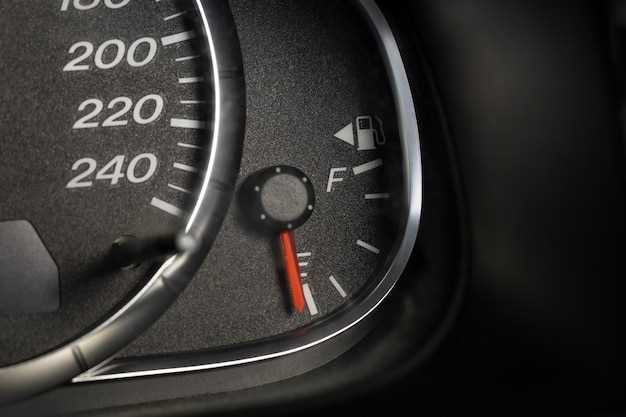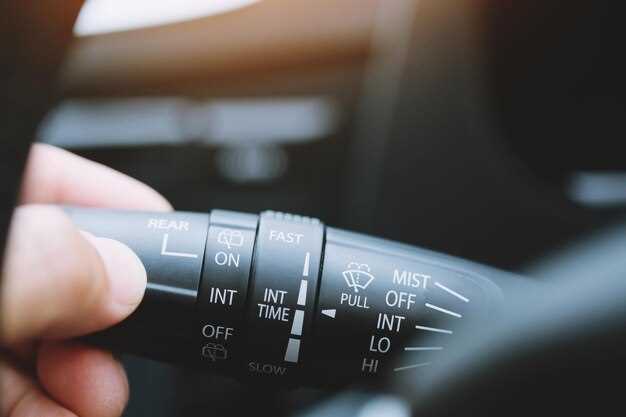

The performance of a vehicle during driving is significantly influenced by the driver’s inputs, particularly through the use of throttle and brake controls. Understanding the interaction between these two critical elements provides valuable insights into vehicle dynamics and driver behavior. By analyzing the throttle and brake traces in performance data, we can uncover patterns that not only reflect driver performance but also highlight areas for enhancement in both driving techniques and vehicle responsiveness.
Throttle and brake traces serve as essential data points for evaluating vehicle performance. These traces illustrate how a driver modulates their inputs in response to various driving conditions, such as acceleration, deceleration, and cornering. By meticulously examining these data sets, engineers and analysts can identify trends and anomalies that may impact overall driving efficiency and safety. Furthermore, the deep analysis of these traces supports the development of advanced driver-assistance systems (ADAS) and contributes to the optimization of vehicle tuning.
In this article, we will explore the methodologies and tools used for analyzing throttle and brake traces drawn from real-world driving scenarios. We will delve into the significance of these data elements, how they interrelate, and their implications for both drivers and automotive manufacturers. Gaining a comprehensive understanding of throttle and brake input patterns empowers stakeholders to make informed decisions, fostering safety and performance improvements across the automotive industry.
Identifying Patterns in Throttle Usage During Cornering
Analyzing throttle data during cornering is crucial for understanding driving behavior and optimizing performance on the racetrack. By examining the variations in throttle application, drivers and engineers can identify key patterns that influence the car’s stability and speed through turns.
One common pattern observed in throttle usage during cornering involves the gradual application of throttle as the vehicle approaches the apex of a turn. Drivers typically need to balance the need for speed while maintaining control, resulting in a progressive increase in throttle input. This is often referred to as “throttle modulation,” where data reveals the subtle shifts in power delivery that assist in maintaining traction.
Additionally, the analysis of throttle traces during cornering can reveal how drivers respond to different cornering characteristics. For instance, a sharp turn may show a quick lift-off and a subsequent re-application of throttle as the car exits the corner. This pattern indicates the driver’s strategy to prevent oversteer and optimize acceleration out of the turn.
Data may also suggest differences in throttle behavior based on vehicle dynamics, such as weight distribution and tire grip. Some drivers may utilize a higher threshold of throttle application earlier in the corner, taking advantage of understeer characteristics to push the car through the turn effectively. In contrast, other drivers may adopt a more conservative approach, leading to slower exit speeds but improved handling stability.
Ultimately, identifying and analyzing these patterns in throttle usage provides invaluable insights into driving techniques. By leveraging performance data, teams can tailor vehicle setups and improve driver training programs, leading to enhanced lap times and overall competitive performance.
Assessing Brake Application Techniques for Optimal Deceleration

Understanding brake application techniques is crucial for achieving optimal deceleration during vehicle operation. Analyzing performance data allows for the identification of effective methods that enhance braking efficiency and safety. Various techniques can be assessed, each contributing differently to the vehicle’s stopping distance and overall control.
One essential technique is progressive braking, which involves applying the brakes gradually. This method enables the driver to maintain better control and reduces the likelihood of skidding. Data from performance analyses show that progressive braking can effectively minimize tire wear while providing the necessary deceleration for tight corners or emergency stops.
In contrast, snap braking, characterized by sudden, forceful application, can lead to excessive weight transfer and loss of traction. Data collected from performance testing indicates that although this technique can produce rapid deceleration, it also increases the risk of losing control. Therefore, incorporating a smoother braking approach is generally more advantageous.
Another vital aspect to consider is the brake modulation technique. This method involves varying brake pressure based on the required deceleration rate. By analyzing data from different driving scenarios, it becomes clear that effective modulation provides drivers with the ability to adapt to changing road conditions and obstacles, thus enhancing safety and comfort.
Finally, understanding the relationship between brake application and vehicle dynamics is fundamental. Performance data can reveal how certain techniques affect weight distribution, tire grip, and overall stability. Through comprehensive analysis, drivers can refine their braking techniques, leading to improved performance and safer driving outcomes.
Utilizing Data Visualization Tools to Enhance Driving Analysis

Data visualization tools play a crucial role in the analysis of driving performance by transforming raw data into meaningful insights. With the increasing complexity of performance data derived from modern vehicles, effective visualization techniques can help in understanding driver behavior, vehicle dynamics, and overall efficiency.
One of the primary advantages of data visualization is its ability to present comprehensive throttle and brake traces in an easily digestible format. By utilizing graphs, charts, and dashboards, analysts can identify patterns and anomalies in driving habits that might otherwise go unnoticed. For instance, time-series graphs can effectively illustrate how a driver’s acceleration and braking patterns change over a given period, enabling a clearer interpretation of performance metrics.
Interactive data visualization tools offer the opportunity for real-time analysis, allowing users to manipulate variables and observe outcomes instantly. This interactivity equips drivers and performance analysts with the capability to engage with the data dynamically, fostering a deeper understanding of how specific driving actions impact vehicle performance. Furthermore, the integration of geographic information systems (GIS) can enhance the context of driving data by correlating driving patterns to specific routes or terrains.
Advanced visual analytics can also facilitate the comparison of data from multiple users or vehicles. By overlaying traces from different drivers on the same graphical representation, analysts can benchmark performance and identify best practices. This comparative approach allows teams to leverage collective data insights to enhance driving strategies and improve safety standards.
Moreover, employing visualization techniques that incorporate machine learning algorithms can yield predictive insights. For example, through clustering techniques, driving data can be segmented into different categories based on behavior, which can subsequently inform driver training programs tailored to specific needs. Predictive models can provide foresight into potential risks by assessing driving patterns against historical data trends.
In summary, utilizing data visualization tools enhances driving analysis by enabling more intuitive exploration of performance data. These tools not only improve the clarity of complex information but also empower stakeholders to make informed decisions based on actionable insights derived from robust data analysis.







